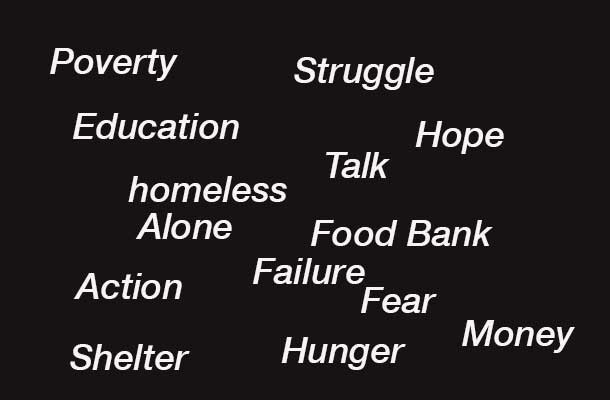ATLANTA — The gap in the high school dropout rate among students of different racial and demographic backgrounds narrows when certain variables, such as socioeconomic status and school size, are the same, according to a Georgia State University study.
The researchers looked at the characteristics of students and schools that are often associated with dropout. Unlike previous reports, they found that race/ethnicity, special education status, being born in the United States, English as a first language, school urbanicity (rural, urban or suburban) and school region (Northeast, Midwest, South and West) did not significantly predict dropout when other variables were taken into account.
High school dropout is influenced by student-level factors (academic achievement, retention, sex, family socioeconomic status (SES) and extracurricular involvement) and school-level factors (community SES and school size), the study reports. While the average student has a 6 percent chance of dropping out, the researchers found the probability of dropping out can be as high as 23 percent for students with all of the identified risk factors. The study was published in the American Psychological Association’s journal School Psychology Quarterly.
“What was interesting is a lot of studies have previously found a difference based on whether a school is located in a rural, urban or suburban area, but we found that when you control for the size of the school and the SES of the students at the school, those differences disappeared,” said Laura Wood, lead author and Ph.D. candidate in school psychology at Georgia State. “Also, while race/ethnicity is often associated with high school dropout, we found that the relationship was more complex than that.”
Based on the study’s findings, family SES plays a major role in high school dropout.
“When you control for the SES of the family, children at the same levels of SES have more or less the same dropout rate for both black and white students,” said Dr. Stephen Truscott, co-author of the study and professor in the Department of Counseling and Psychological Services at Georgia State. “It makes a difference whether you’re impoverished or not. Black children are disproportionately impoverished, so their rate is higher, but it’s their SES level that makes a difference, not their race or ethnicity.”
Regardless of student characteristics, such as academic achievement and extracurricular involvement, Hispanic students continued to have higher dropout rates than black or white students. This relationship disappeared, however, when accounting for the schools these students attended. If every other variable other than race is the same, attending large schools composed of students from low SES backgrounds accounted for the lower graduation rates for Hispanic students, Wood said.
The researchers used a national dataset, the Education Longitudinal Study of 2002. Participants included 14,106 high school sophomores from 684 public and private schools across the United States. This study explored how student- and school-level predictors associated with dropout influence each other. Previous studies have explored these predictors separately.
“The team was able to identify the particular variables that seem to make a big difference in high school dropout rates,” Truscott said. “For me, one of the things that’s really valuable is that there are certain modifiable things that a school could actually do. For example, in controlling for everything else, if you retain a student (hold back a grade), that increases their probability of dropping out. Here’s additional proof that if schools just stopped retaining students, we’d increase the graduation rate.”
Involvement in extracurricular activities also plays a critical role. The researchers found students involved in extracurricular activities are more likely to complete high school. Schools should offer more extracurricular options for students and eliminate policies that make participation in these activities contingent upon grades, Truscott said.
“A lot of times, if students start doing worse in school, schools take away those extracurricular activities with the intention of making students focus on academics, but it actually makes them worse off,” Wood said.
Policies that provide additional funding and support to large and low SES schools, limit school sizes and provide more equal distribution of resources across schools could also help to lower high school dropout rates, Wood added.
Co-authors of the study include Dr. Audrey J. Leroux, assistant professor, and Ph.D. candidates Sarah Kiperman and Rachel C. (Esch) LaFleur.



